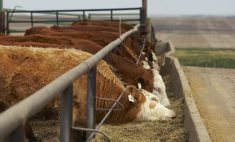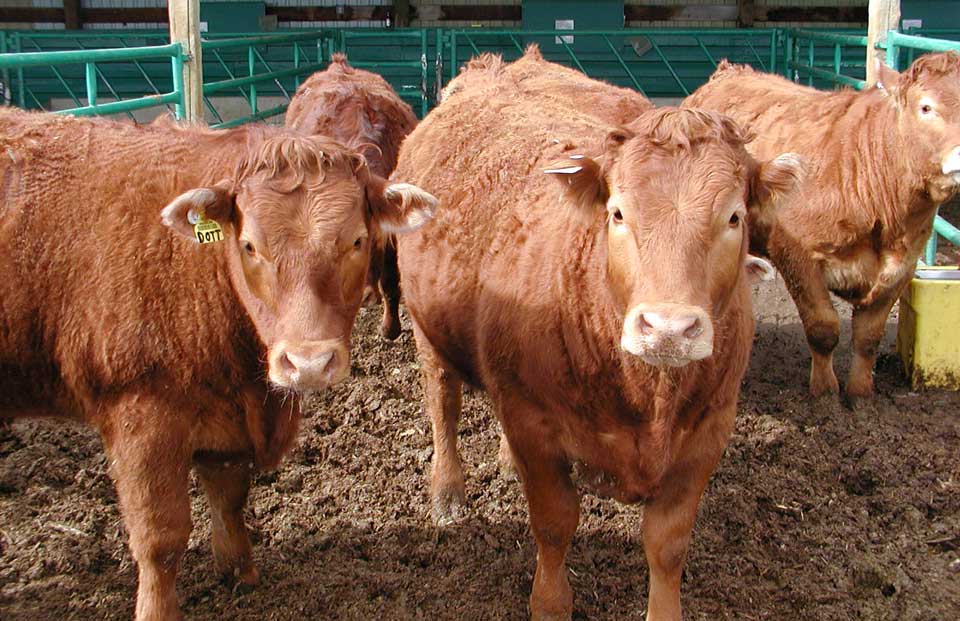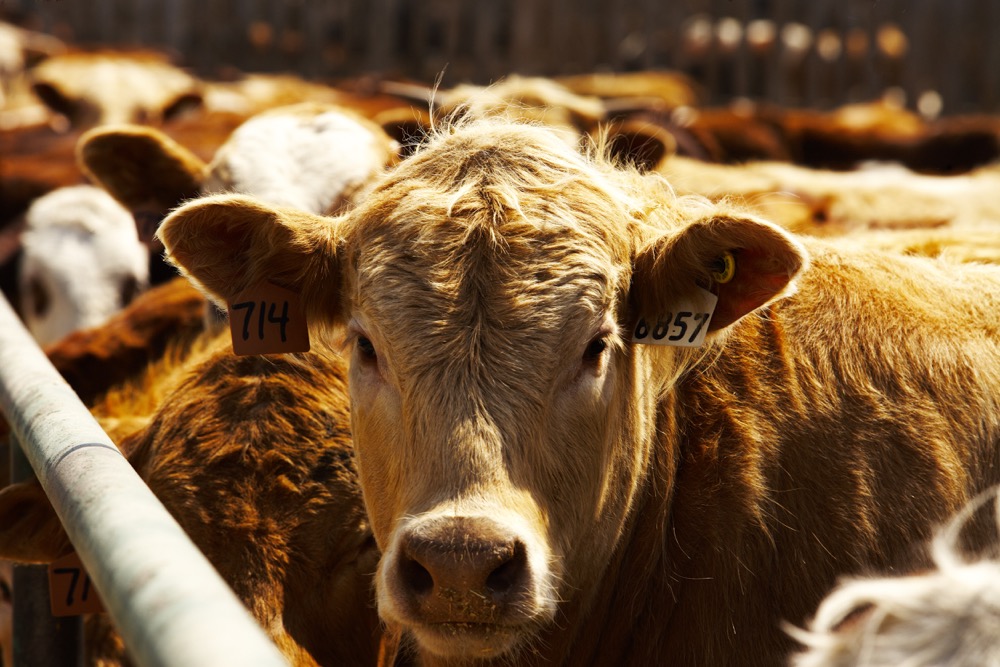The official start on a new abattoir and food safety laboratories for meat research will mark the Lacombe Research and Development Centre’s 110th year as a federal research facility.
The new facility entered the detailed-design stage by May 1 but it will be 2019 before it is up and running to federal standards for harvesting cattle, hogs, small ruminants and bison.
LRDC has been a hub of agriculture research since the early 1900s when the Lacombe Board of Trade lobbied Ottawa for a Dominion experimental farm to be located on the outskirts of this central Alberta community.
Read Also

Body condition, nutrition and vaccination for brood cows
One of the remarkable events of the past century related to ranching has been the genetic evolution of brood cows….
The early emphasis on beef cattle and swine production and animal husbandry was expanded over the years into carcass evaluation and management practices that affect meat quality and yield.
A mid-century hog study that revealed direct measurement of fat and lean as basic requirements for evaluating carcass composition evolved into beef carcass dissection studies in the 1960s.
Back then all the cutting had to be done at nearby packing plants. A bid to build a research abattoir was approved in 1970 but didn’t become a reality until 1984.
Meat quality scientist Jennifer Aalhus says plans to renovate the abattoir have been around since 2002, but the cost to upgrade an old plant into a top-of-the-line research facility are now nearly the same as putting up a new building, with the added benefit that a new one will last twice as long.
The new plant will feature a modernized food production area suited to the use of new technology, such as cold and hot carcass grading cameras, and a dual energy x-ray absorptiometry scanner. Space has also been allotted for future equipment needs,
LRDC’s capacity to link meat-quality research to research on livestock, feed and forage, safety, nutrition and meat consumption led to its designation as Agriculture and Agri-Food Canada’s national meats centre of excellence.
Today, the station is home to an 80-sow farrow-to-finish swine unit and a 300-head Angus x Simmental research cow herd calving in February and March. Simmental genetics were introduced in 2014 to implement a crossbreeding program that mirrors commercial herds and maximizes heterosis.
All of the cattle are allotted to different research projects focused on grazing evaluations, methane emissions, residual feed intake, genomics and environmental factors related to meat quality traits, feeding strategies, carcass evaluations and grading techniques, alongside investigations into strategies for chilling, hot-boning and post-slaughter electrical stimulation to improve meat quality.
Further along the value chain, research in recent years have studied fabrication management and packaging strategies (tray sealers and smart films to preserve meat’s bright colour at retail), aging, marination, cooking recommendations for mechanically tenderized steaks, and controlling blown vacuum-pack spoilage of primal cuts in storage.
Scientists in the meat chemistry and microbiology labs delve into questions surrounding meat nutrients (bioactive lipids, protein and vitamins), oxidative changes (colour, protein and fat), meat safety (detection and control of bacteria that cause spoilage or sickness), and eating quality (flavour, tenderness).
Today’s flavour-sensory lab is a highly controlled environment set apart from the cooking area where each taste-tester cubicle is linked to the computer so they can enter their evaluations directly into the database. Testers are local people who have been trained for this job and are willing to be available as needed.
















